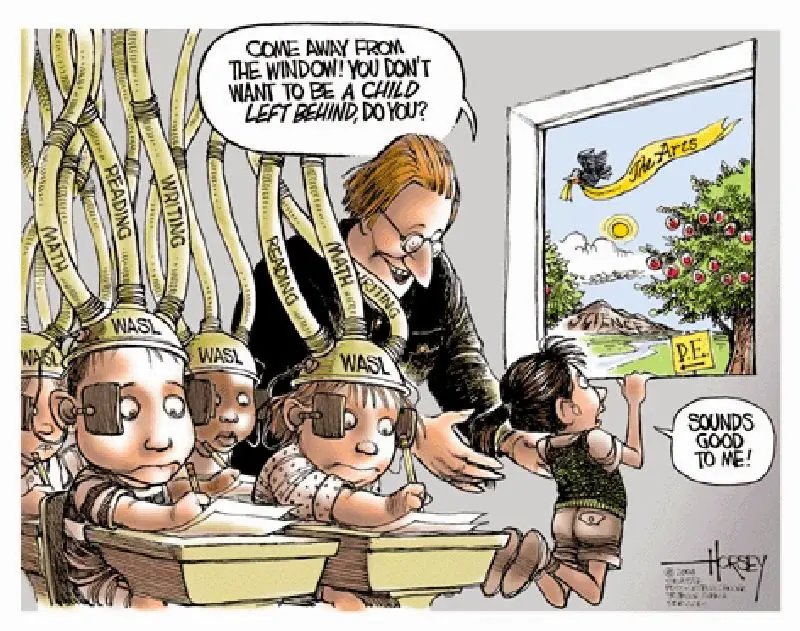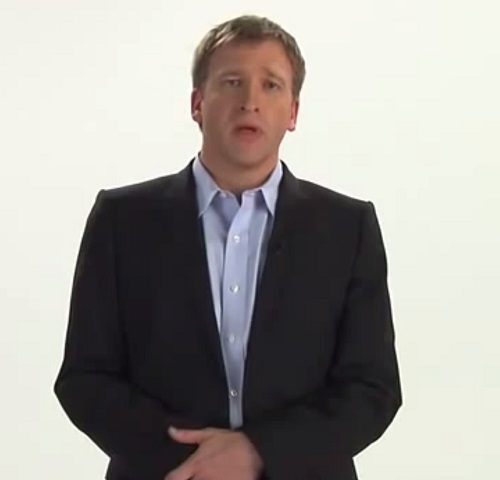PARENTS, YOU’RE VOLUNTEERED: Charter schools' volunteer demands may discourage needy students + smf’s 2¢
BY THE L.A. TIMES EDITORIAL BOARD | HTTP://LAT.MS/14ZPOFP
January 8, 2015 :: Charter schools must welcome all children, not just those whose parents can commit to volunteer hoursCharter schools in the Los Angeles area have enrolled their share of disadvantaged students, and for the most part those students have done well, graduating at a higher rate and with higher standardized test scores than children in traditional public schools. But not all the credit goes to the charter schools: Their students tend to have more involved parents. In many cases, the very act of enrolling in a charter school means that parents must be engaged enough to locate and compare charter campuses and sign up their children for the attendance lottery. Parent involvement is an important factor in how well students fare in school.
But many charter schools demand more than that, requiring parents to volunteer a certain number of hours each year, often working in classrooms or school offices or helping at campus events. The practice has been around for years, but only now is it being challenged. Public Advocates, a nonprofit organization that has promoted equal education for disadvantaged students, recently released a report showing that the practice is widespread.Many charter schools require parents to volunteer a certain number of hours each year, often working in classrooms or school offices or helping at campus events. (Los Angeles Times)
The group found that about a third of the charter schools it surveyed in California required parents to commit to a set number of volunteer hours before admitting a child. Seventy-three of the schools are in Los Angeles County, including many of the well-known Green Dot, Alliance and KIPP schools. There were many more schools that firmly suggested volunteer time or called for keeping work logs and minimum hours, without stipulating that the work was mandated.
In many cases, charter schools may have only the best intentions in encouraging parents to be engaged. And the California Charter Schools Assn. says it doesn't know of any schools that excluded or expelled a student because of a parent's failure to work as a volunteer.
But that's not enough. The requirement itself, even if it isn't enforced, might discourage families from applying and should not be allowed. As charter schools frequently point out, they are public schools, funded with public dollars. That means they should be welcoming to all children. But not all children have parents who are able or willing to volunteer. Some have multiple jobs, child-care responsibilities and so forth. Others simply might not be interested in volunteering. Children in group foster homes have no one to volunteer on their behalf. Rules about volunteer work might leave out the children most in need, intentionally or not.
Once children are enrolled, it's fine for schools to encourage voluntarism as a way of engaging parents in their children's education. But setting discouraging rules should be prohibited. The state Board of Education should impose firm rules to stop schools from requiring unpaid parental labor; California students are guaranteed the right to a free and public education.
THE PUBLIC ADVOCATES REPORT
Forced Parent Work Policies
Issue: EducationTopic: Charter SchoolsCase Date: January 14, 2014Read the report: Charging for Access: How California Charter Schools Exclude Vulnerable Students by Imposing Illegal Family Work Quotas
- Appendix A: Methodology & Results
- Appendix B: Policy statements from selected charter schools
- Appendix C: Charter Schools with Forced Labor Policies by County
- Appendix D: Hersher Memorandum
Public Advocates researched 555 charter schools in California and found that almost one-third of them (30%) require parents to do work at the school for a set quota of hours. This practice is illegal under the California constitution and the Education Code. In our report, we expose the extent of the practice and explain why it is illegal. We have sent a demand letter to the California Department of Education and the State Board of Education urging them to take immediate steps to abolish the practice. Below, we provide a list of all the charter schools we found that have such a practice, with a link to their policy documents.
Charter Schools researched in
- Academia Moderna
- Academy of Science
and Engineering- Alain Leroy Locke
College Prep Academy (Green Dot)- Alliance Cindy & Bill Simon
Technology Academy High School- Alliance College Ready Alice M Baxter
- Alliance College-Ready Academy
High School #16- Alliance College-Ready Academy
High School #5- Alliance Collins Family
College-Ready High School- Alliance Dr. Olga
Mohan High School- Alliance Gertz-Ressler
- Alliance Health Services Academy
- Alliance Judy Ivie Burton
Technology High School- Alliance Marc & Eva Stern
Math and Science School- Alliance Media Arts and
Entertainment Design High School- Alliance Ouchi-O'Donovan
6-12 Complex- Alliance Renee & Meyer
Luskin College-Ready Academy- Alliance Susan and
Eric Smidt Technology High School- Alliance Tennenbaum
Family Technology High School
- Animo Avalon Charter
Middle (green dot)- Animo College Prep
Academy (Green Dot)- Animo Ellen Ochoa Charter
Middle School (Green Dot)- Animo Inglewood
Charter High (Green Dot)- Animo Jackie Robinson
Charter High (Green Dot)- Animo Jefferson
Charter Middle (Green Dot)- Animo Leadership High
- Animo Middle
School #2 (Green Dot)- Animo Middle
School #3 (Green Dot)- Animo Middle
School #4 (Green Dot)- Animo Pat Brown
- Animo Ralph Bunche
- Animo South Los Angeles
- Animo Venice Charter High
- Animo Watts College
Preparatory Academy- Animo Westside Charter
Middle School- Aveson Global Leadership Academy
- Aveson School of Leaders
- ICEF Frederick Douglass Academy
- ICEF Frederick Douglass Charter Middle
- ICEF Inglewood Charter
Middle Academy- ICEF Lou Dantzler Preparatory
Elementary School- ICEF Lou Dantzler Preparatory
Middle School
- ICEF View Park High
- ICEF View Park Prep
Accelerated Charter Middle- ICEF Vista Elementary and
Middle Charter Academy- Ivy Academia
- Keck Early Learning Center
- KIPP LA Prep
- KIPP Philosophers Academy
- KIPP Scholar Academy
- Life Source Charter School
- Los Angeles Big Picture High School
- Los Angeles Leadership
Academy (LALA)- Los Feliz Charter School for the Arts
- Metro Charter SChool
- Multicultural Learning Center
- New Academy of Science and Art
- New Heights Charter School
- New West Charter
- North Valley Military Academy
- Oscar de la Hoya Animo
Charter High (Green Dot)- Pacoima Charter School
- Palisades Charter Elementary
- Palisades Charter High School
- Prepa Tec
- Rise Kohyang Middle School
- Rowland Heights Charter Academy
- Santa Clarita Valley
International (SCVI)- The Accelerated Charter
Elementary School- The Accelerated School
- Today's Fresh Start Charter
School- Valley Charter Elementary School
- Valley Charter Middle
- Vista Charter Middle
- Wallis Annenberg High School
Note: The policy statements listed here were available publicly as of Nov. 20, 2014, when this report was released. Some charter schools may have changed their policies since then and may no longer state that parent work hours are required. We plan to release an update to the report and to this web site in early 2015 to reflect those changes.
Welcome to this discussion, LA Times Editorial Board – this “recently released” report is one-week-shy of a year old!
The issue itself is complicated by the fact that charter schools by their very nature require additional parent involvement – parents elect to send their children to charters; they fill out an applications and go through an application process. Charters are schools of choice and conversely: Choice parents choose them.Charter school parents have acquired the taste for the Kool Aid and have decided to wait for Superman!The argument that charters don’t really enforce their requirement for voluntarism is bogus in the extreme. Of course they don’t – they know its illegal and absolutely4LAKids - some of the news that doesn't fit: PARENTS, YOU’RE VOLUNTEERED: Charter schools' volunteer demands may discourage needy students + smf’s 2¢:
















